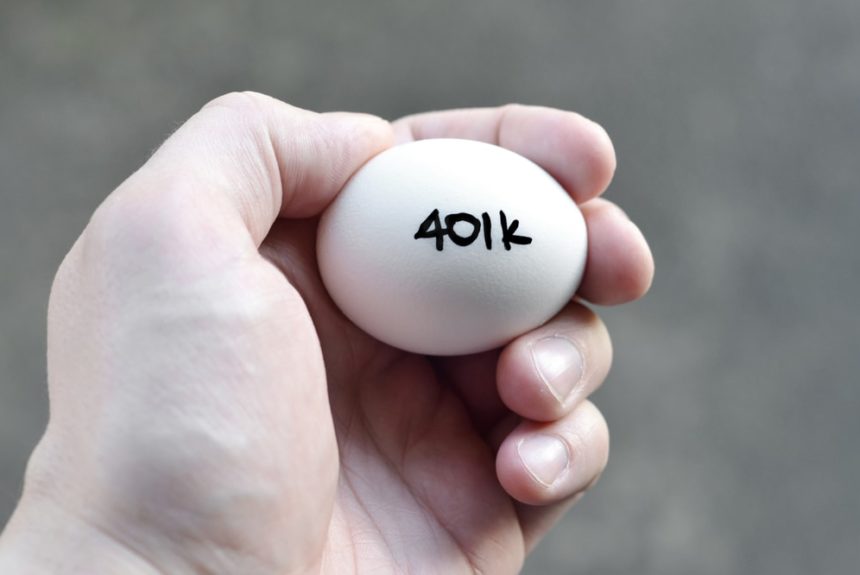So, you want to retire as a millionaire. … Well, let’s hope you started saving in your mid-20s. Oh, you didn’t? The road is a lot rockier but it’s still doable. The question is: What’s your appetite for saying no to now and yes to your future?
Let’s say you want to retire at age 65 and you’d like to have $1.7 million in the bank. Assuming an 8 percent rate of return, you will need to save $486.97 per month starting at age 25.
OK, you’d like to live a little and start stashing cash at age 30. In that case, to reach $1.7M at 8 percent, you’ll need to save $741.10 each month.
Regardless of whether you begin saving for retirement at age 25, 30, or 50 – take advantage of maximizing your contribution. A recent survey reported that nearly one in five Americans do not contribute enough to their employee-sponsored 401(k) plans to earn the company match.
For example, if you earn $55K a year and your company offers a 4 percent 401(k) match, that means you would receive $4,400 to your retirement account – your $2,200 contribution plus the employer’s matching $2,200. But if you only put in $1,000, your employer does likewise. … You’re missing out on $1,200 that could be growing in the market.
But you’re self-employed and there is no company match, what then? Invest in a simplified employee pension (SEP) IRA, which allows you can contribute as much as 25 percent of your net earnings from self-employment income for the year. SEP IRA contributions cannot exceed the maximum $56,000 in 2019.
Although a SEP IRA is a viable option, if you’re not contributing more than $5,500 a year to the retirement fund, stick with a traditional or Roth IRA. (There’s much less paperwork.) The, when your business takes off and you can afford to start saving more, consider opening up a SEP IRA in addition to a traditional or Roth IRA and save even more.


